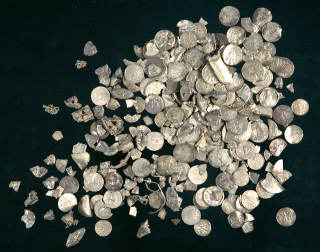Topic
Mobility in East-Central Europe
Numerous migrations of individuals and groups shaped the medieval history of East-Central Europe. This interdisciplinary analysis of widely different sources aims at elucidating the causes and effects of diverse forms of mobility.

Many Germanic and nomadic horse-riding groups of Late Antiquity served in the Roman army and protected the empire’s borders along the Danube from external invaders. Yet Huns and Avars were nevertheless able to establish independent dominions, for both longer and shorter stretches of time. After the so-called Migration Period came to an end, migrations and assimilations developed into the Slavic world of East-Central Europe, a world which would soon supply the Arabic caliphates’ slave trade. Hungarian and Slavic rulers of the High Middle Ages called immigrants from western regions into their lands as »guests« to join autochthone residents in expanding the cultural landscape, working the mines, improving the nutritional basis and enlarging the rulers’ revenues.

